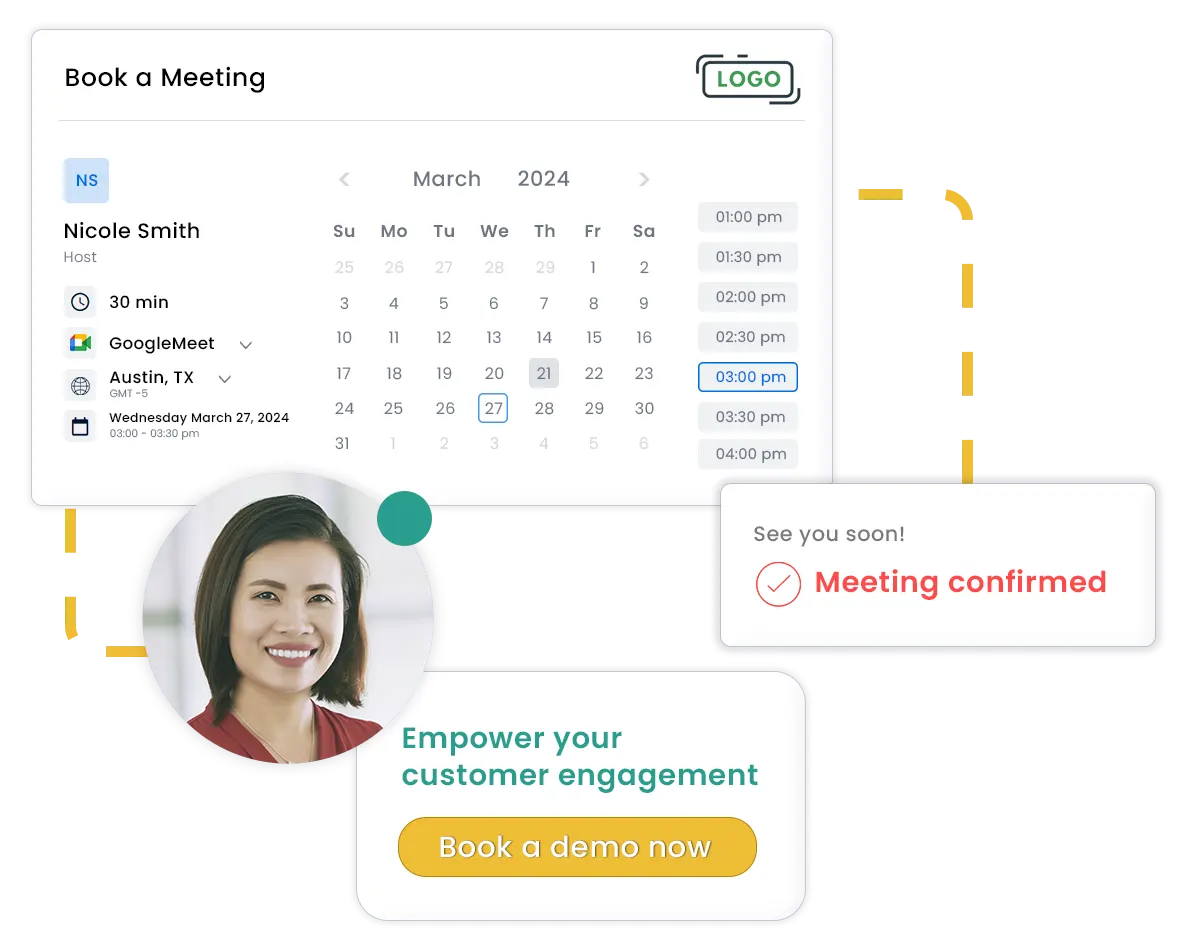SaaS applications, also known as web-based, on-demand or hosted software, are growing in scope and adoption. They help enterprises get things done efficiently and competitively. There are, however, choices aplenty in the marketplace, so it is in your best interest to choose the right application for your organization.
One study states public cloud platforms, business services, and applications (software-as-a-service [SaaS]) will grow at a 22 percent CAGR between 2015 and 2020, reaching $236B. The much larger cloud application market will also grow faster, with the 2020 total of $155B being 17 percent higher than their 2014 projection!
Better get well acquainted then with the cloud applications available – prepare for the four main areas that are generally a concern in terms of adoption:
IMPLEMENTATION – Making the move
Many Fortune 500 companies are willing to pay for a familiar cloud-based CRM app like Salesforce. Migration to other tried and true systems, like email or ERP, to the cloud is also an easy choice. But it’s adopting a new cloud application that tends to be a hard decision. Understandably so. Change is always accompanied by apprehension. This is where the innovation that cloud applications have been bringing to the marketplace, combined with user demand, plays a role in the decision-making process. Your C-suite needs to see how the business can evolve from the inside out. Cloud applications built into an intentional strategy can serve the needs of an organization’s workforce and its corporate requirements.
MANAGEMENT – Ready to play
Who is going to manage your applications, from overseeing the installation to the everyday activities like training, bugs and renewals? A couple of stakeholders are involved in this area. Even before you can think of the applications you will use, you need to cultivate the workforce that will account for its smooth functioning before, during and after adoption. You’ve made the investment in researching your options so you know the application you’ve chosen not only is a fit for your use case, but you’ve also confirmed it comes with enterprise-level training, security and support. Now it’s important to ensure that the internal team is in place as well. More often than not, the barriers to adoption rest in the lack of skilled human resources to facilitate the process.
SECURITY – Locking it down
Security today, while still a topic for discussion, is not as great a concern for enterprise companies as it used to be when cloud technology was still relatively new. Sacrificing innovation and being able to compete in the marketplace is perhaps a greater fear. Security parameters are built into applications and the cloud, so a thorough review of privacy, reliability, infrastructure, supports and standards is warranted. But the other review that you should not overlook is internal. Remember that AWS shutdown earlier this year? The effect of that simple command typo by an employee was a critical error experienced worldwide. Be aware of potential errors that could occur and have checks and balances in place to address those issues should they arise.
SPEND – But first you gotta pay!
When you are accountable for a departmental budget, a free version of an application is always more appealing than a pay-to-play option. The temptation to do more with less is enticing, and might even pose an exciting challenge. The problem with this scenario though is the free version often does not live up to your expectations. These freebies are typically built with a ‘one size fits all’ outlook and tend to lack the level of security and technical support that is necessary at the enterprise level. If the free version of the application does not implement easily with existing systems, then management and compliance are also not guaranteed. Before you invest financially, invest in the research to understand the applications available and their value to your enterprise.
Having a plan to navigate the options available is crucial, and a list of requirements is a good starting point. Keeping these in mind, you can narrow down the choices that cater to your enterprise’s specific needs while addressing any concerns in these above-mentioned areas. A failure to plan can cost you time, and money, and let’s not forget the sleepless nights trying to THEN find the right solution.




